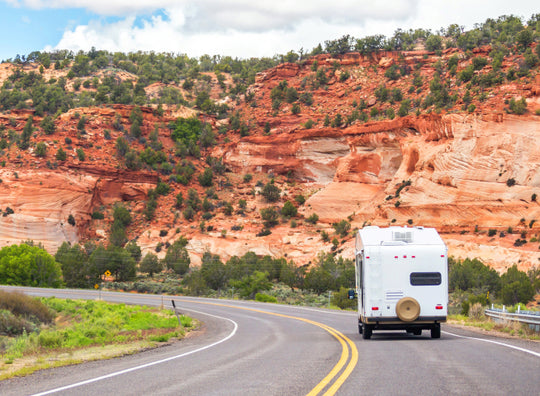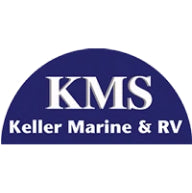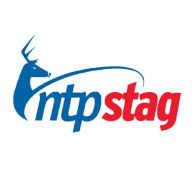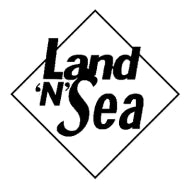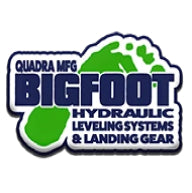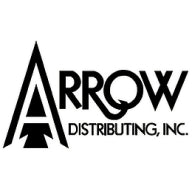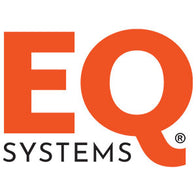
We've had a lot of questions of how and why we price SnapPads the way we do. The short answer is..."it's complicated". If you're interested in the longer answer, we provide all the details in this blog post.
Initially, $179.95 for 6 SnapPads may sound like a lot, but let's break down the process to see where that number comes from.
We Use High Quality, Recycled Rubber
It's important to note that tires are among the largest and most problematic sources of waste due to their volume, durability, and chemical composition. Every year, literally hundreds of millions are sold in the US alone.
Once a tire has reached the end of its life, there are several options depending on its original use. Retreading, burning for fuel, or being broken down into rubber tire crumb to be used as an ingredient for a new product are the main options.
For SnapPads, we use recycled tire crumb to make our product. And only the highest quality tire crumb will do! Here's how that works:
- Once a tire reaches the recycling plant, it is first shredded to expose the steel and tire cord also known as fluff (yes your tires have this).
- The steel material is magnetically separated and the fluff is meticulously removed until only rubber remains.
- The crumb is repeatedly broken down until the pieces are a uniform size that can pass through a screen less than 1/4".
- When the crumb passes quality control and is confirmed as No.1 grade, it is packaged and trucked to our manufacturing plant.
Once it reaches our producers in California, Indiana, and South Carolina, it's again checked for quality and consistency prior to production.
SnapPad Production
Great! We've got recycled rubber. What now?
Compressing tire crumb into a solid, durable SnapPad takes a lot of pressure, heat, and attention (labor). Rubber crumb is combined with a high-quality binder, mixed in an industrial mixer, and then portioned out into individual stainless steel molds.
The press is heated to over 300 degrees and then uses over 20 tons of pressure for several minutes to form the pad. Once the pad is "done baking" it must be de-molded, cleaned and trimmed, inspected, tagged, and then packed for shipping. Much of this process cannot be automated, so a practiced operator is always required to make and inspect every SnapPad.
All of this is done at our three different producers across the USA. We don't outsource our production overseas, so every SnapPad is made from American tires and crafted/shipped by American workers.
Materials and Supply Chain costs
Like all other industries after the COVID pandemic, SnapPad has run into skyrocketing cost increases when it comes to material and labor. On top of that, many of the supply chain expenses that have to do with freight and storage have increased by over 30% in a very short period of time, with further increases potentially on the horizon.
Did you know we also subsidize the shipping costs for the package if you buy directly from us?
The shipping fees you see on your order are typically about 30% of what it actually costs to get your pads to you in most instances. We felt a relatively flat shipping charge made the most sense and was the fairest way for us to charge for shipping, but, most of the time, we are paying the bulk of the cost from the shipper.
All Together
The raw rubber material is our base cost, however, as you can see, the majority of the price stems from the materials and labor required to break down, sort, filter, produce, store, and transport your SnapPads.
Conclusion
As you may know, Origen RV Accessories is a small, family-run, startup company. There were a lot of considerations when it came to our pricing model (as you can see!) and we believe we've settled on a price that allows us to grow while delivering value for all of our wonderful customers.
We are definitely aware of concerns and feedback, which is why we regularly engage in customer surveys. In our most recent survey, over 85% of our past customers agreed SnapPads provided above-average value for the price they paid, which suggests we're on the right track!
As we move forward, we'll continue to look for ways to provide value to our customers, both new and existing. If you have any other questions about our pricing, please don't hesitate to contact us.


